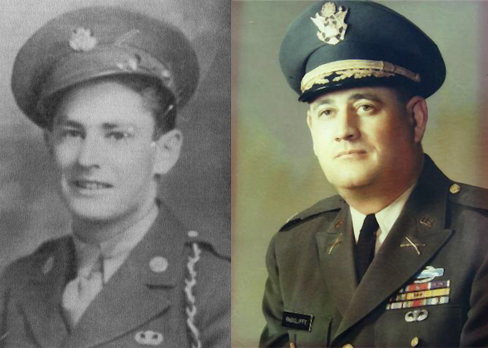The mystery of the Montana Senator who revealed America’s top-secret war plan just days before Pearl Harbor.
The Japanese attack on Pearl Harbor threw an unprepared United States into the global conflict of World War II. Compounding the tragedy was the fact that America’s top-secret war plan had been compromised just three days before. On December 4, 1941, Americans awoke to read of “F.D.R.’s WAR PLANS!” on the front pages of the Chicago Daily Tribune and the Washington Times-Herald. The article revealed the existence of the Victory Program, America’s blueprint to defeat Nazi Germany and Japan, described by a presidential historian as, “one of the most remarkable documents of American history.”
The newspaper article revealed a policy where the United States would concentrate on defeating Germany before Japan, with a planned invasion of Europe in 1943. The Victory Program called for building an army of ten million men and doubling America’s industrial production in just two years in order to manufacture the estimated 68,000 aircraft and 4,000 ships that would be needed to win the war. It also contained a detailed target list for destroying the German economy from the air. The leak of the Victory Program set off an uproar in Washington. German diplomats cabled the details to Berlin while the F.B.I. scrambled to apprehend the culprit who had leaked the top-secret plan. The Assistant Secretary of War declared, “There’s blood on the fingers of the man who leaked this information.”
The man who revealed the plan to reporter Chesly Manly was U.S. Senator Burton K. Wheeler of Montana, who had been given the document the day before by an unidentified captain in the Army Air Corps. The Senator read the document with dismay, appalled by the plan commissioned by President Roosevelt. A prominent isolationist, Wheeler was convinced that the President had been lying to Congress regarding his preparations for war, and he decided that the American people deserved to know of Roosevelt’s deceit, (although Wheeler successfully concealed his own role in the leak for more than 20 years).
The attack on Pearl Harbor, followed by Hitler’s declaration of war on December 11, ended Wheeler’s opposition to the war, but many questions remain about how the top-secret plan became public knowledge at a critical juncture of American history.
- What motivated the mysterious Army Air Corps captain who risked his career and liberty to provide the top-secret plan to Senator Wheeler?
- Why did a former British spymaster claim (more than 30 years later) that he had duped Wheeler into releasing a “sanitized” version of the plan?
- Why did the F.B.I. abandon their investigation after it seemed to lead them to the highest levels of the U.S. military?
- Why would Col. Albert Wedemeyer, chief planner of the Victory Program and the D-Day invasion, state that “I have always been convinced… that President Roosevelt authorized it. I can’t conceive of anyone else… having the nerve to release that document.”


